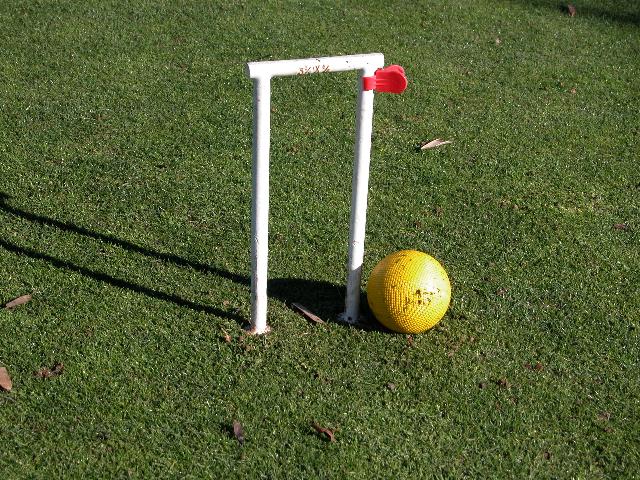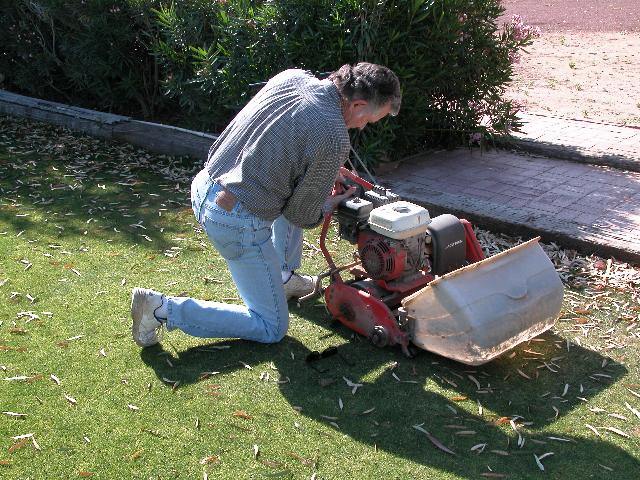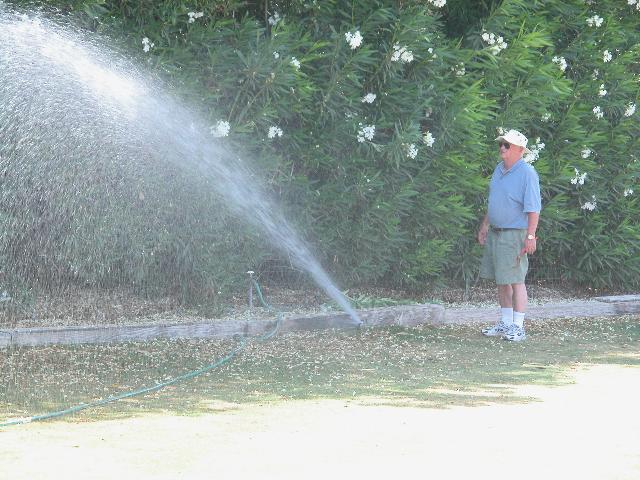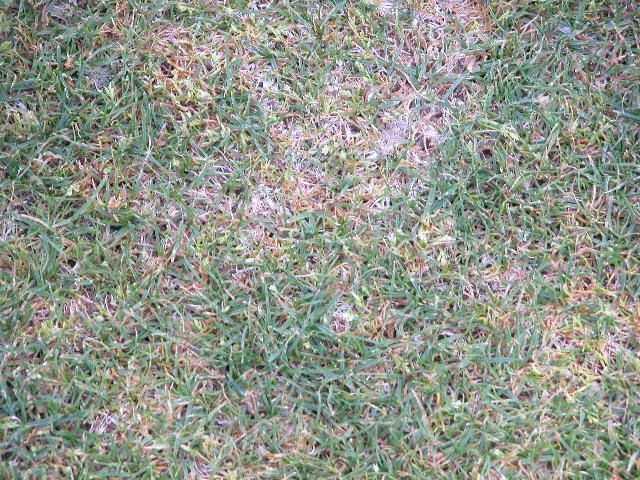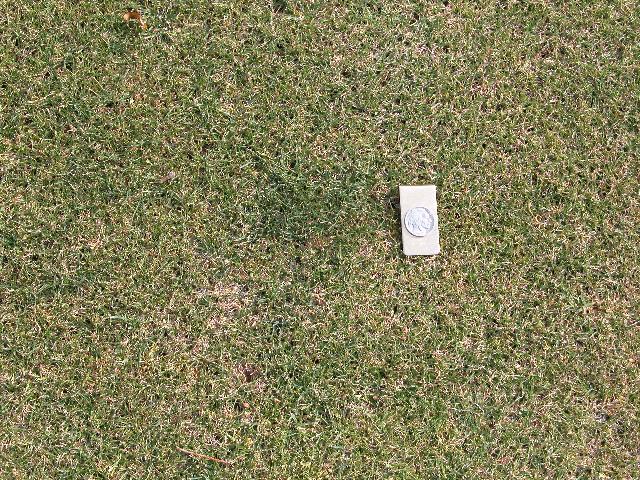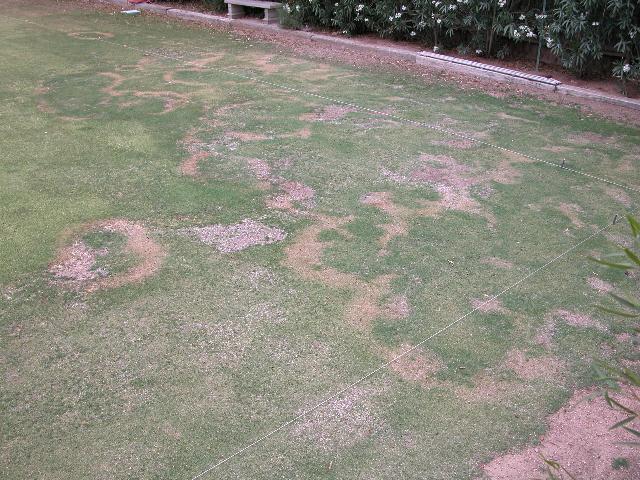The summer lawn, a Bermuda grass, is the base for the lawn. Bermuda is resistant to heat, grows well with lodes of sunshine.
Croquet players and lawn bowlers prefer a well manicured, fast playing and level lawn. The grass is dense, cut short and resembles a large putting green. The largest lawn I have seen is at the Merion Cricket Club outside Philadelphia; it is large enough to place four football fields side-by-side. I've seen 18 croquet courts setup at Merion during a national croquet championship.
The croquet playing surface is 85' x 105', slightly larger than a tennis court. One should usually plan on an additional 10' per boundary to allow the court to be setup in different locations as the playing surface around the hoops may get worn. This also allows one to split the court into two half size lawns.
The winter lawn is overseeded with a perennial rye grass around late September or early October when the Bermuda grass begins to go dormant (not enough sunshine due to the tilt of the earth) and the temperatures no longer exceed 100 degrees. The optimal temperature for germination of the rye grass is around 80 degrees. Check with your local golf course as to the best time to overseed. To ensure a dense lawn, we typically overseed with 4-6 times the recommended amount of rye seed.
Once every decade or so, the health of the lawn must be restored
by
more aggressive measures. In our case, we are going through a rebuilding project (click here
to
learn more).
Some new information from Harvard on how to produce an organic
fertilizer ...
link
to Harvard Organic Method for Lawn Care.
Harvard:
How to do organic landscaping ...
